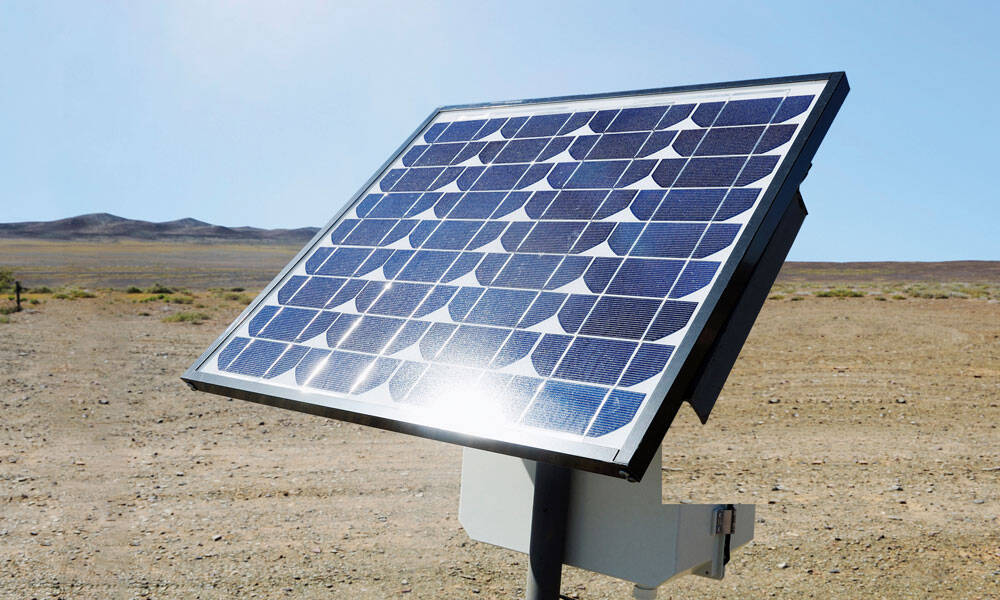
Community Resources: Homegrown Tech Solutions in SIGHT
The IEEE Special Interest Group on Humanitarian Technology sends member volunteers around the world to help local communities use technology to solve problems close to home.
Community Resources • IEEE
In the early 2000s, technology engineer and executive Amarnath Raja began working on a series of communications projects after his native India was struck by a tsunami and a series of other natural disasters. Raja is a member of IEEE, a global association of technology professionals, and he noted that the organization didn’t have a support system for the kinds of projects he was working on: local, small-scale, and with a humanitarian bent. What might be possible if you leveraged the skills of technology professionals around the world?
The answer to that question for IEEE is the Special Interest Group on Humanitarian Technology, which since 2012 has been funding and supporting the kind of projects Raja dreamed of. Today, SIGHT supports around 20 projects a year, developing technology solutions ranging from educational tools for autistic children in the United Kingdom to solar-powered wheelchairs in Bangladesh to rainwater management tools for farmers in Colombia.
SIGHT gathered speed quickly, says Holly Schneider Brown, director of public imperatives and corporate development at IEEE. “Our members from all over the world, in all different sections, were just fascinated by this,” she says. “They wanted to get involved.”
An overabundance of members eager to do humanitarian work is a good problem to have. But it meant that SIGHT needed some ground rules. Any potential SIGHT project is required to have the commitment of six members and have a plan outlining how the project will improve and sustain the community it intends to serve. Moreover, SIGHT prioritizes projects that are homegrown.
It’s about local members, wherever they are, identifying what the local challenges are and working with those communities to create solutions.
“A founding principle of SIGHT is that this is local for local,” Brown says. “It’s not about people parachuting in from other places to try to solve problems. It’s about local members, wherever they are, identifying what the local challenges are and working with those communities to create solutions.”
Since its founding, SIGHT has grown to include 150 groups from 50 countries. And from 2016 to 2019, IEEE allotted $400,000 to SIGHT projects—money that tends to go a long way, because the projects focus on efficient, low-cost solutions. For instance, last year a SIGHT group in Uganda developed a solar energy system for a health center in a remote region of the country. Reliable electricity has been a game-changer, says Julianna Pichardo, program specialist, humanitarian activities and sustainable development, at IEEE.
“Beforehand, the electricity supply was unstable and people felt insecure, both those working there and the patients who are going in,” she says. “Patients would come early in the day, but leave before dark. Now that they have 24-hour access to electricity, they can provide more services. The lighting alone has made a huge difference.”
Benefits accrue to IEEE as well: Brown notes that SIGHT has helped the association deepen its engagement with members in countries where SIGHT groups are active. Looking ahead, IEEE is hoping to expand the reach of the program, establishing a fund within its foundation to finance its activities.
“There are members who would like to get involved, but maybe can’t do activities on the ground,” she says. “This way, if they can’t give their time or their talent to a project, they could potentially give their treasure.”
(David Malan/Getty Images)






Comments